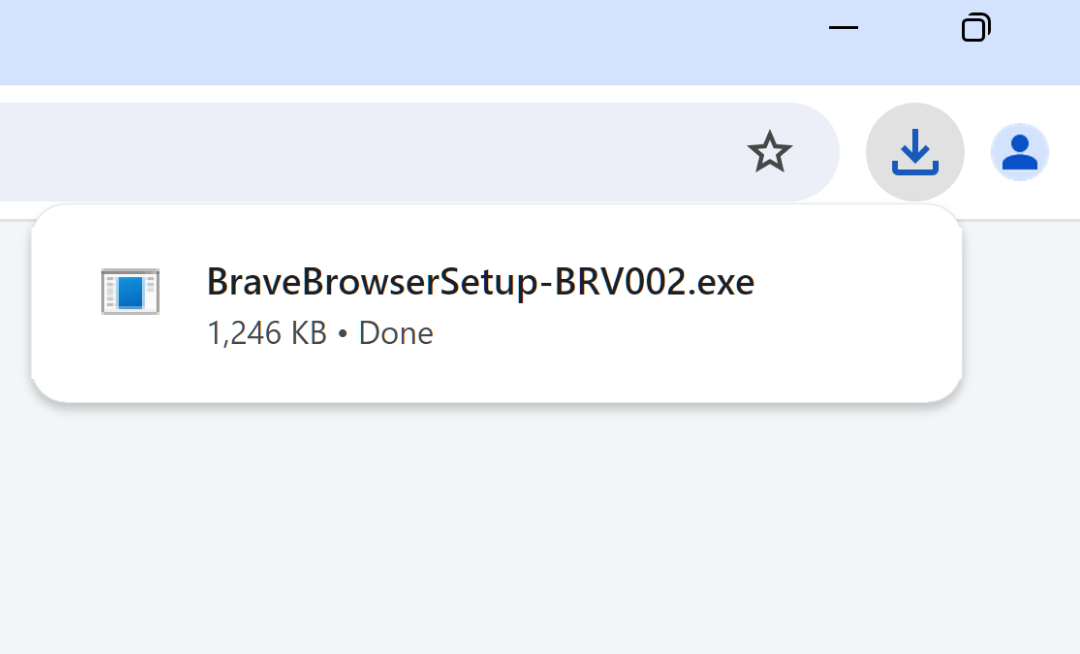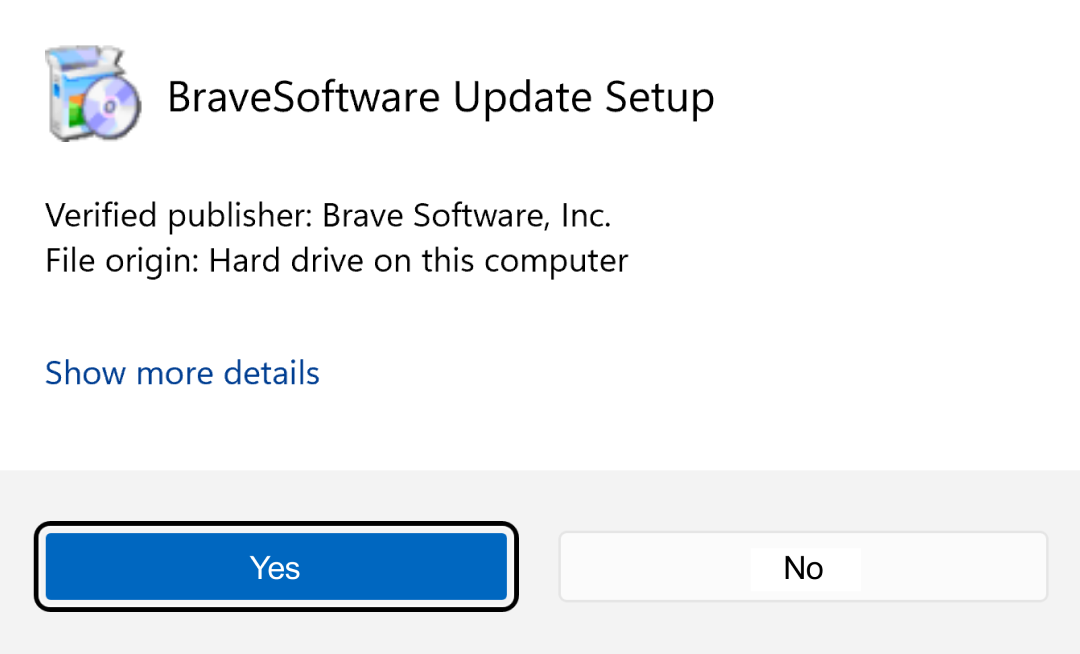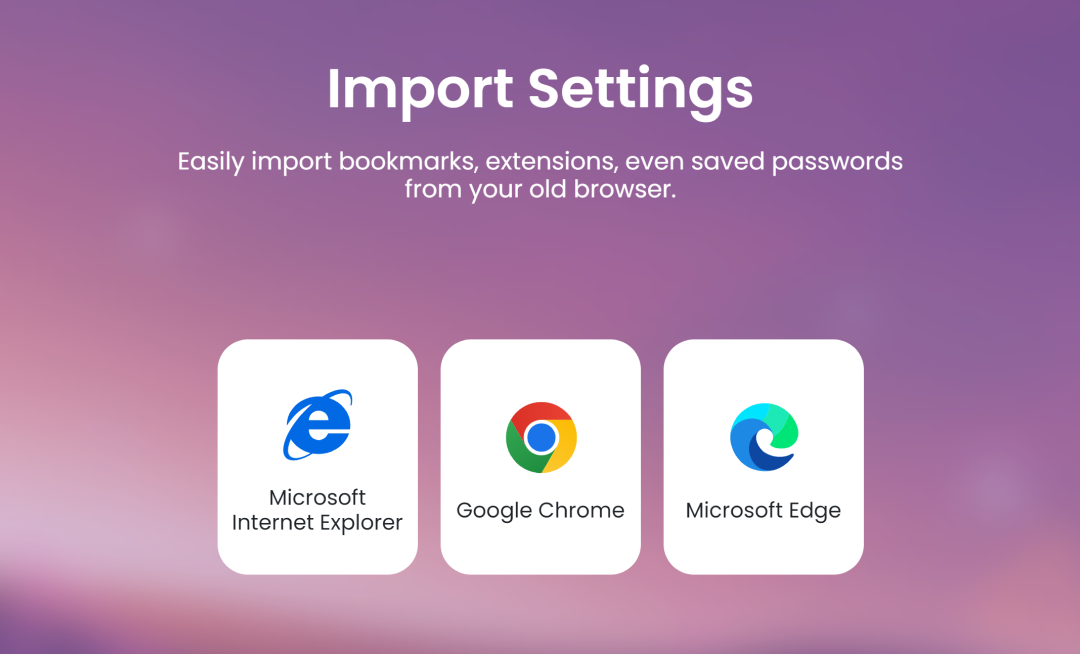Chrome browser extensions can add extra tools to the out-of-the-box functionality of your browser. They’re useful and easy to install. Sometimes too easy. Truth is, most people install Google Chrome extensions then forget about them. The extension quickly becomes a useless piece of software taking up space on the device. And opening a potential security risk.
It’s best practice to periodically review your Chrome extensions, and uninstall the ones you’re no longer using. This will both improve your device performance and help safeguard your data. In this article, we’ll show how to uninstall extensions, find ones that might be hidden on your device, and cover some basic best practices.
How to uninstall an extension on Chrome
To remove (or uninstall) Chrome extensions, follow the steps below:
- Open Chrome, and click / tap the menu button “…”
- Click / tap More Tools.
- Click / tap Extensions.
- You’ll see a page of all your downloaded extensions. From here, you can remove or disable the extension, or read more details about it.
- If you’ve decided to remove or disable extensions, be sure to restart Chrome to ensure your changes take effect.
Keeping your browser safe: best practices for using Chrome extensions
In most cases, removing an extension can help improve your device performance and reduce security threats. But there are also some preventative steps you can take to avoid having to remove extensions later.
Research extensions before you install
Before you install extensions, you should do a little research about them. Even if the extension comes from an “approved” source like the Chrome Web Store. Reading reviews and ratings, seeing how often an extension has been downloaded, and researching the maker of that extension are all best practices.
Keep extensions up to date
In addition to researching extensions before you install, also remember that extensions—just like any other software—require maintenance updates. Browsers like Chrome (and Brave) automatically update extensions for you to ensure you’re always running the latest version, but if you’re ever in doubt you can check your version against the latest available in the Web Store.
Again, extensions are just little pieces of software. As with any other software, the more you have on your device (or in your browser) the more likely you are to see slowdowns or other performance issues. Removing unused extensions can improve your browser speed and computer performance (especially if the extension is constantly running in the background).
How Brave makes extensions simple
Although many reputable, helpful, and secure extensions are available, they still function as third-party add-ons to your browser and your device. This means they all have inherent security risks. In addition to the security hygiene steps detailed in this article, there’s another way to maximize your browser performance, keep your favorite extensions, and protect your privacy and security: Download the Brave browser.
Brave is built on the open-source Chromium codebase, meaning it looks and performs very much like Chrome. Extensions from the Chrome Web Store will also work on Brave. But Brave also automatically blocks third-party ads and trackers, fingerprinting and phishing attempts, and tons of other creepy things. With Brave, these protections are built-in, meaning you don’t need as many third-party extensions in the first place. Brave optimizes speed, privacy, security, performance, and battery life. And it does so out-of-the-box. Try Brave today.






